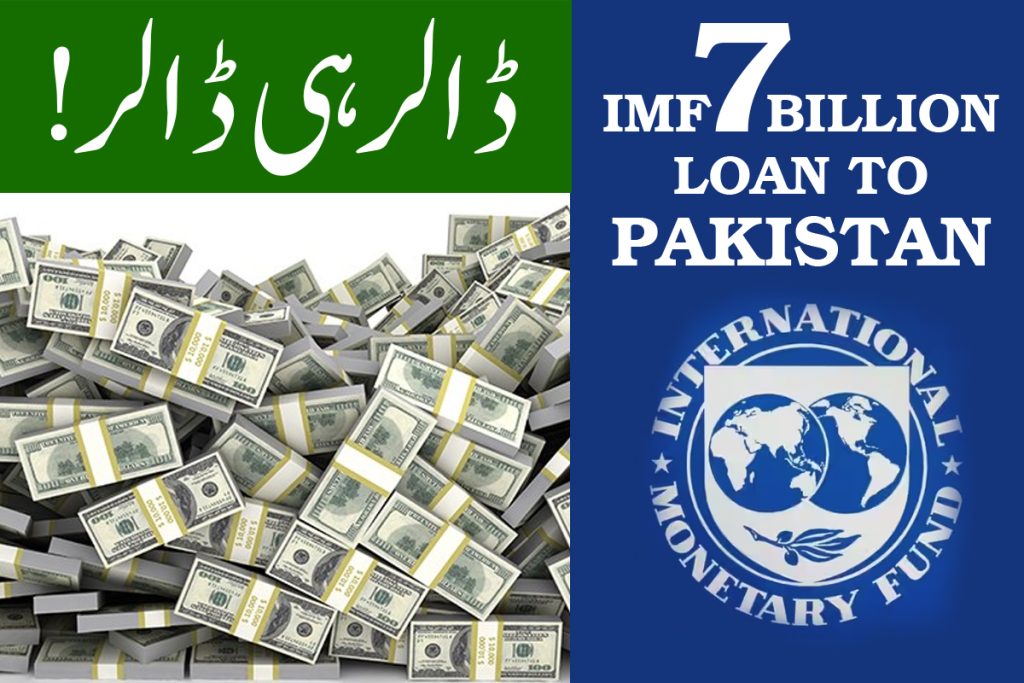Background of the Loan Agreement
Pakistan has faced a severe economic crisis in recent years, marked by rising inflation, a declining currency, and significant fiscal deficits. The government sought support from the IMF to stabilize the economy, leading to negotiations for a loan. After extensive discussions, the IMF agreed to provide $7 billion to help Pakistan navigate its economic difficulties.
Key Objectives of the Loan
- Economic Stabilization: The primary goal of the IMF loan is to stabilize Pakistan’s economy. This includes addressing the balance of payments crisis and restoring confidence in financial markets.
- Structural Reforms: The loan is contingent upon Pakistan implementing essential structural reforms. These reforms aim to enhance economic governance, improve tax collection, and reduce public sector deficits.
- Support for Social Programs: A portion of the loan will be allocated to social safety nets. This support is crucial for protecting vulnerable populations during economic adjustments.
Implications for Pakistan’s Economy
- Immediate Financial Relief: The approval of the loan provides immediate financial relief to Pakistan, helping the government meet its external obligations and avoid default.
- Investor Confidence: Securing the IMF loan is likely to boost investor confidence. It signals to both domestic and foreign investors that Pakistan is committed to implementing necessary reforms for economic recovery.
- Inflation Control: With the IMF’s support, the government can work towards controlling inflation through fiscal and monetary policies. Stabilizing prices will be vital for improving the living standards of citizens.
Challenges Ahead
While the loan brings hope for economic recovery, significant challenges remain.
- Implementation of Reforms: The success of the loan heavily relies on the government’s commitment to implementing the required reforms. Political stability and consensus will be crucial for navigating these changes.
- Public Resistance: Structural adjustments often lead to austerity measures, which may face resistance from the public. The government must communicate effectively to mitigate backlash and gain public support.
- External Factors: Global economic conditions, such as fluctuating commodity prices and geopolitical tensions, can impact Pakistan’s recovery efforts. The government must remain adaptable to external shocks.
Conclusion
FAQs:
Why did Pakistan seek a loan from the IMF?
Pakistan sought a loan from the IMF to address severe economic challenges, including rising inflation, a declining currency, and fiscal deficits. The loan aims to stabilize the economy and restore financial confidence.
How much is the IMF loan to Pakistan?
The IMF has approved a loan package of $7 billion to Pakistan.
What are the key objectives of the IMF loan?
The key objectives of the IMF loan include economic stabilization, implementation of structural reforms, and support for social programs to protect vulnerable populations.
What implications does the loan have for Pakistan’s economy?
The loan provides immediate financial relief, boosts investor confidence, and aims to help control inflation, contributing to overall economic recovery.
What are the challenges Pakistan faces with this loan?
Challenges include the successful implementation of required reforms, potential public resistance to austerity measures, and external factors like global economic conditions and geopolitical tensions.
How will the loan impact inflation in Pakistan?
The loan will enable the government to work on fiscal and monetary policies aimed at controlling inflation, which is essential for improving the living standards of citizens.
What happens if Pakistan fails to implement the required reforms?
Failure to implement the required reforms could jeopardize the loan agreement, leading to potential financial instability and loss of investor confidence.
How does this loan affect the general public?
While the loan aims to stabilize the economy, it may also lead to austerity measures that could impact public spending. The government will need to effectively communicate the need for these reforms to gain public support.
When will the loan be disbursed?
The disbursement schedule will depend on the agreement between the IMF and the Pakistani government, including the implementation of agreed-upon reforms.
Can this loan help Pakistan in the long term?
If implemented successfully, the loan can help Pakistan achieve economic stability and growth, providing a foundation for long-term development and improved living standards.



